
Project Hyperion - Phase 1 Submission
Our team has formally completed and submitted our Phase 1 design entry to the Project Hyperion Design competition. This submission encapsulates an integrated and methodical approach to designing a generational starship intended for multi-century interstellar voyages…
Introducing Project Orbital
This project is an expansion of the original blog post from 2020 titled "The Decoupled Orbital". In that post I outlined a method for overcoming the size limitations inherent in rotating space habitats. I have since expanded upon that modest post, recently culminating in the presentation of a research paper at the 2024 International Astronautical Congress in Milan, Italy…

Presenting at IAC 2024 — Milan, Italy
After the great success last year in Baku, I have decided to present my latest research at the 2024 International Astronautical Congress in Milan, Italy. Two of my abstracts describing my latest research have been accepted to the conference.
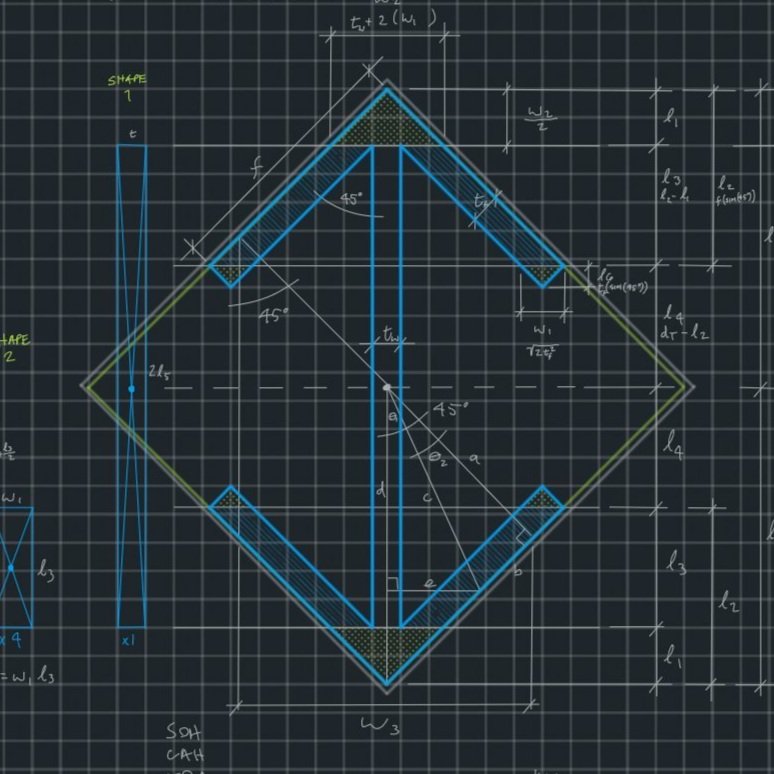
Structural Framework Update — Project Helix
Update on the structural support parameters for Project Helix…
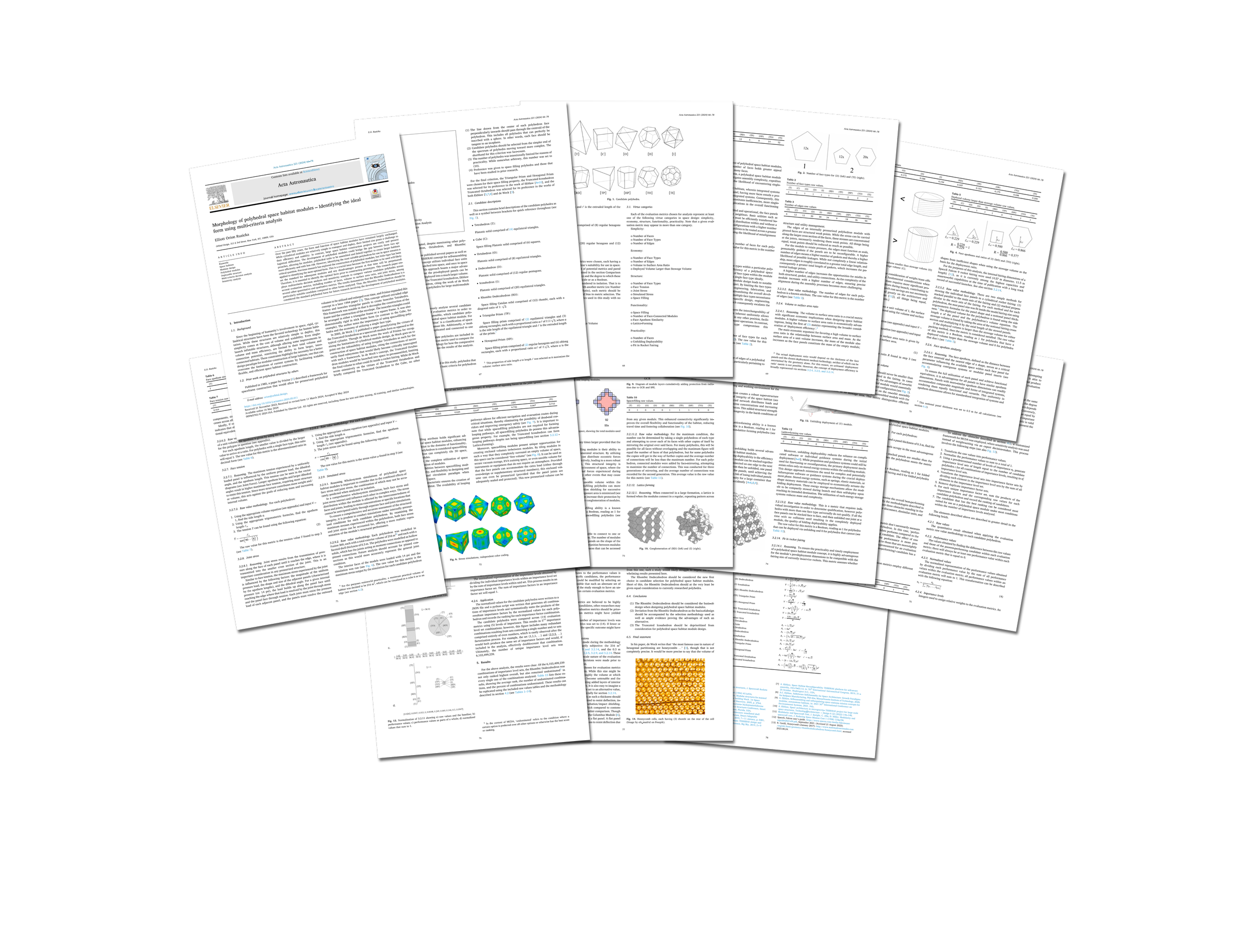
Published in the Journal Acta Astronautica
I'm pleased to announce that my paper Morphology of Polyhedral Space Habitat Modules - Identifying the Ideal Form Using Multi-Criteria Analysis has completed the peer review process and is available online with the following link, free of charge, until July 7th 2024.
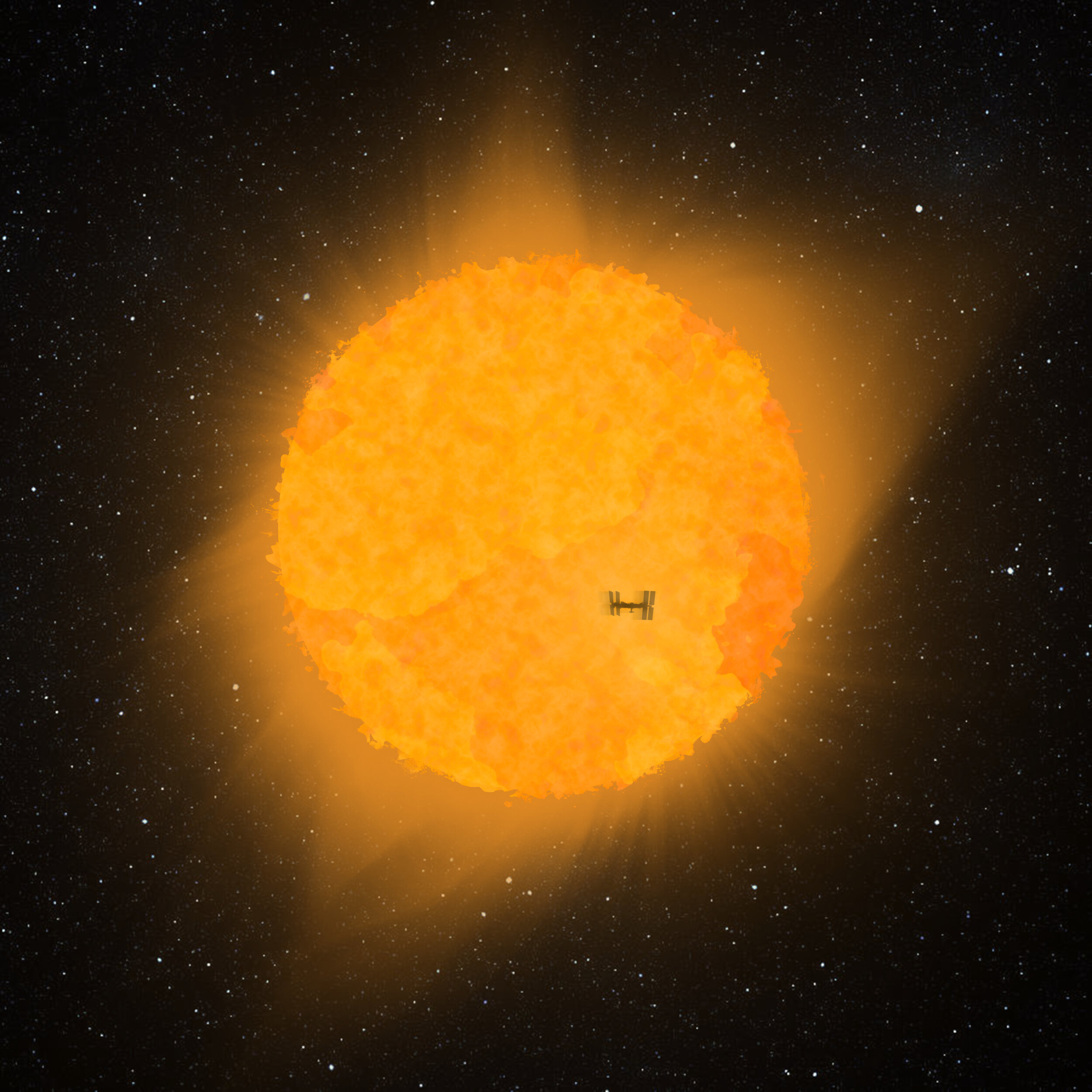
Project Helix Receives Round 1 Funding
I am pleased to announce that Project Helix has received Round 1 funding from the DoraHacks Starship Use Cases Hackathon…
F12 - IAC Baku Paper Available for Download
The Papers page has been updated with the download link to the paper I presented in Baku, Azerbaijan at the 2023 International Astronautical Congress.
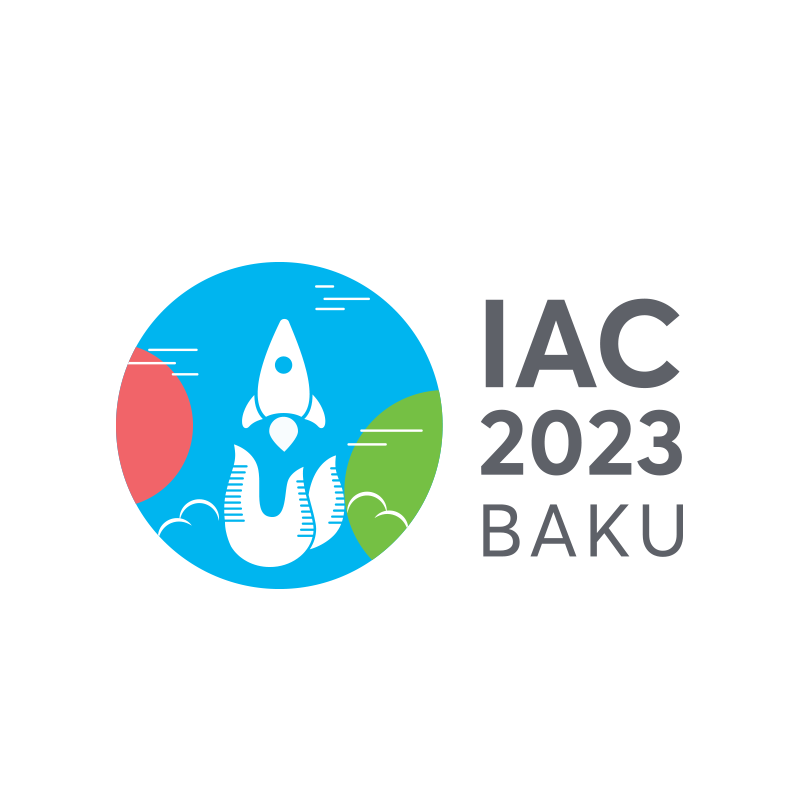
F12 Update - Presentation at IAC 2023
I attended the 2023 International Astronautical Congress in Baku, Azerbaijan last week and presented my updated paper (published in the conference proceedings) Morphology of Polyhedral Space Habitat Modules - Identifying the Ideal Form Using Multi-Criteria Analysis.
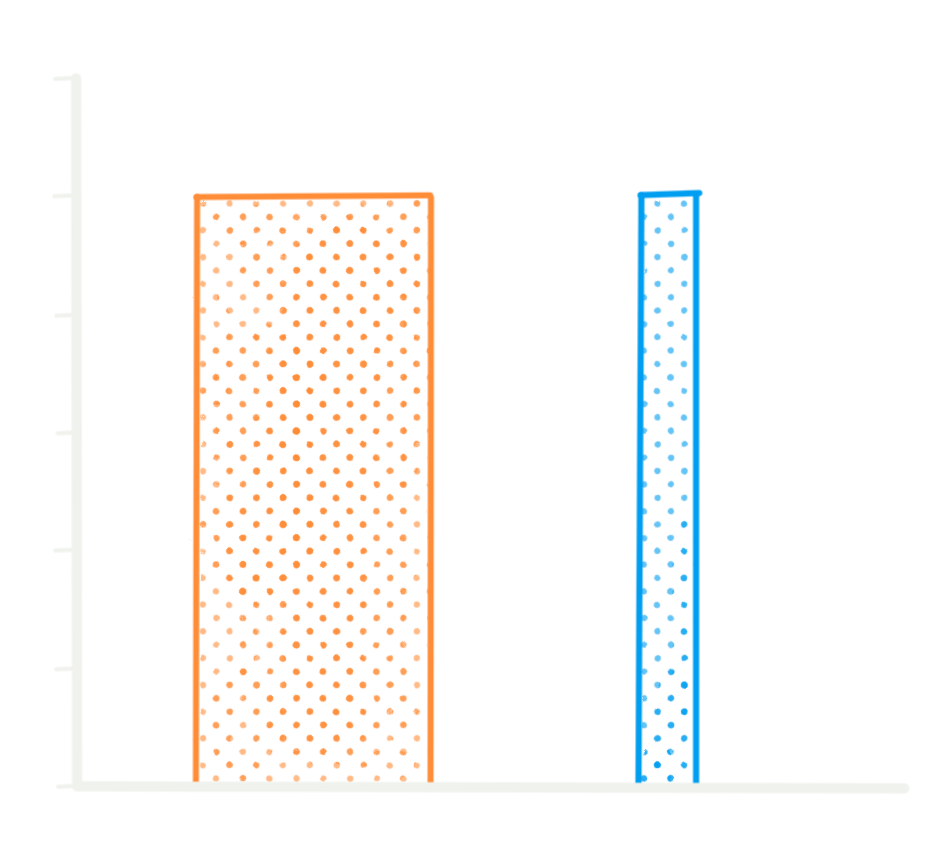
Longtermism and Population Ethics - The Case for Space Habitation
More people living sufficiently good lives is a good thing to bring about. This is supported by the predominant theories of population ethics, which is the field of study that explores the ethics, policies, and comparisons related to the wellbeing of populations that may come about in the future.

The Effect of Transhumanism on Space Habitat Design
In the design of large space habitats (especially those fantastic in scale or technology), the unspoken assumption is that the people who would inhabit them would be practically equivalent to contemporary humans. Considering the temporally distant nature of such structures along with the increasing pace of technological advancement in the areas that may spur human control over our own makeup and evolution, I propose that the condition of the human species at that time may render some of the fundamental assumptions of such habitats irrelevant.

Project Amoeba
Project Amoeba describes a space station architecture that follows many of the recommendations set forth in the paper ORDER: Space Station for Orbital Debris Recycling (albeit a scaled-up version), in addition to adding a few novel features that could benefit the mission and the people working aboard. The name Amoeba is a metaphor for the station, as the station can be seen as a singular, contiguous-membraned entity that maneuvers through space and swallows up nutrients and subsequently digests them.
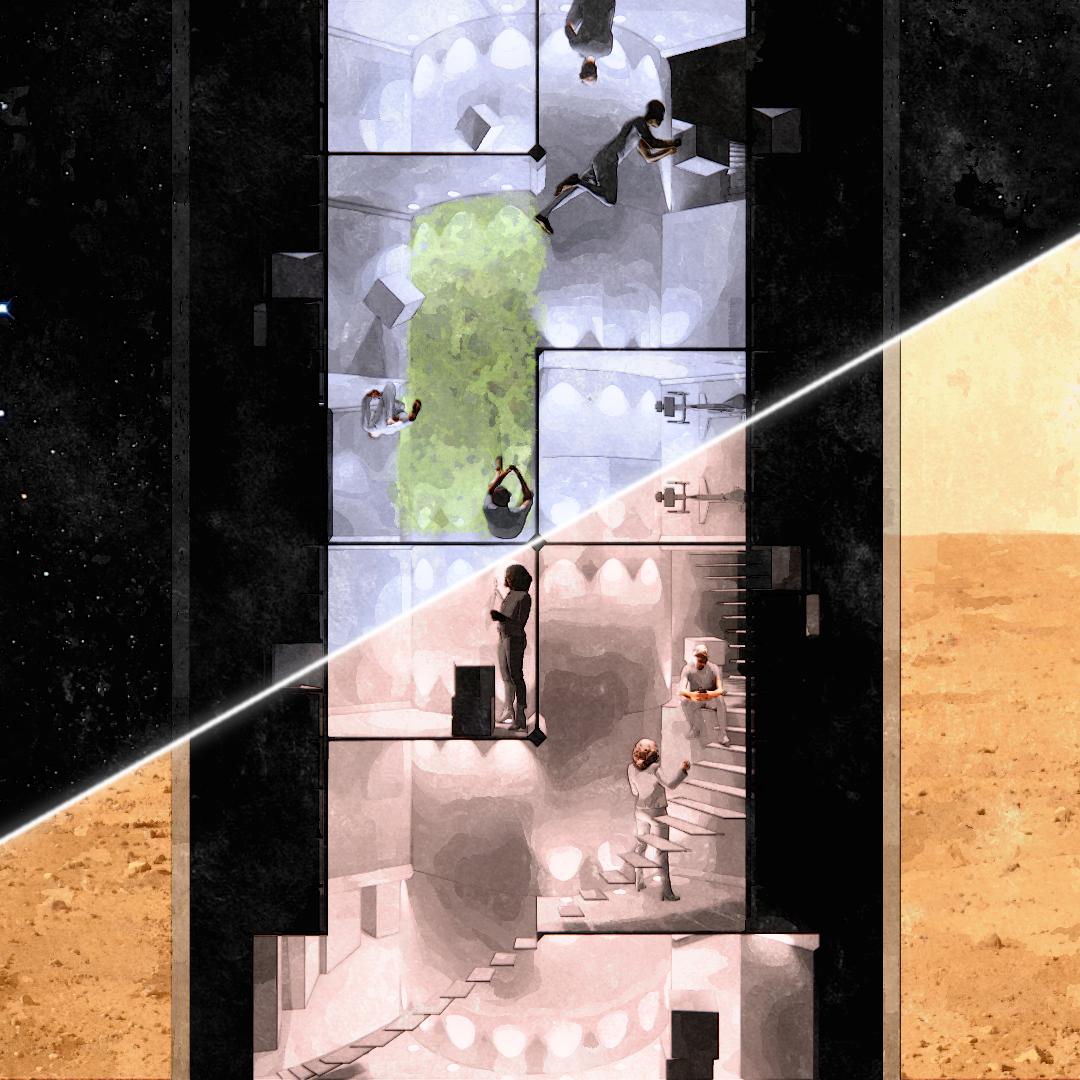
Project Helix - v.2 Update
Following the initial release of Project Helix on 2021.03.22, I received helpful feedback from many redditors on the various subreddits I posted to. After considering the feedback, I’d like to make this new post to share several of the updates, clarifications, modifications, and comments based on this feedback. In this post I will be highlighting a few of the general critiques along with my design response to them in an effort to move the project forward.
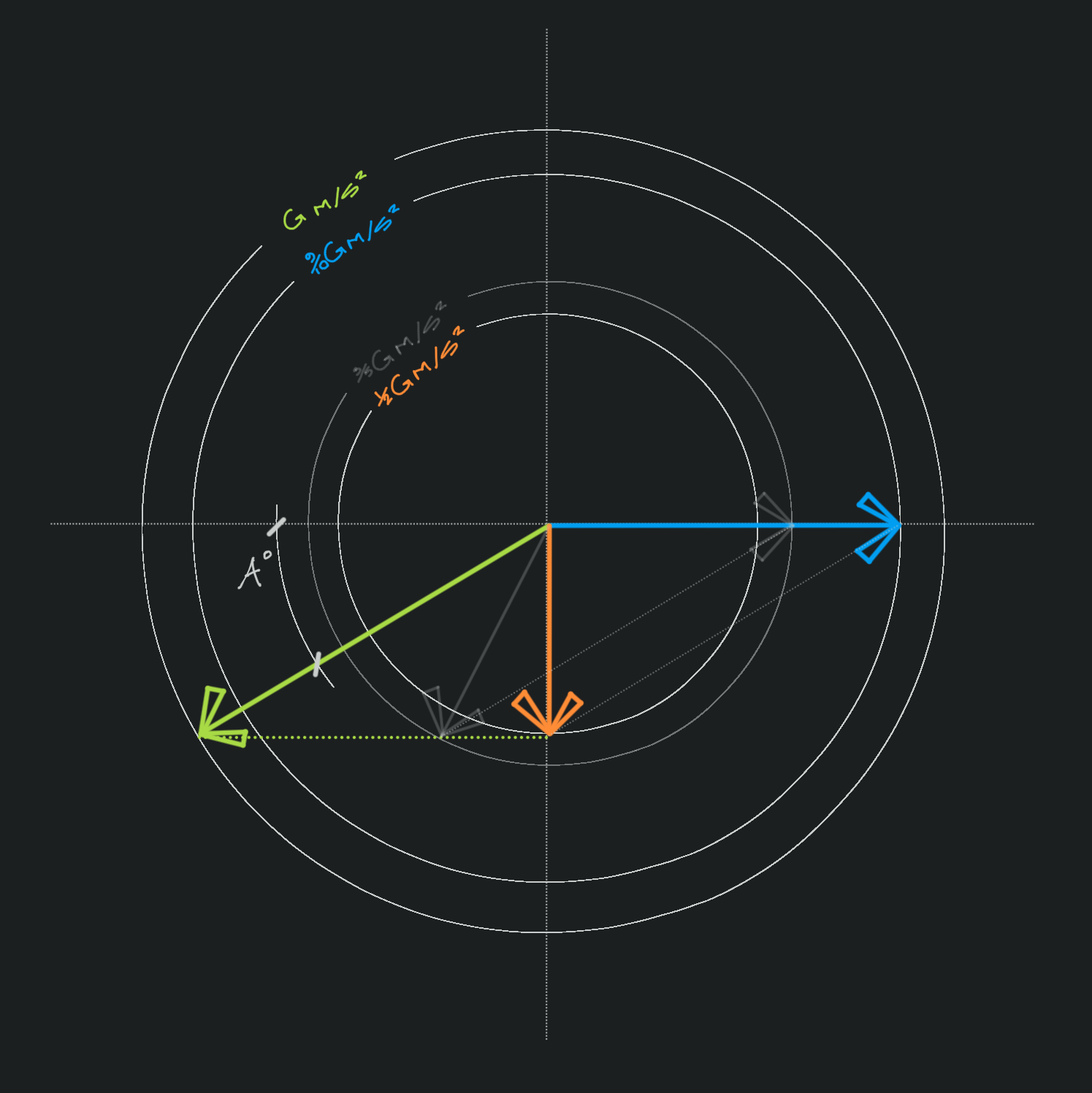
Simulating Different Gravity on a Planetary Body
Humans need gravity. This much is known. What is not known is how much gravity. For this reason it would be quite convenient to be able to simulate different levels of gravity. If we could, we might be able to understand the effects of gravity on humans over time, but is such a capability possible and/or practical?
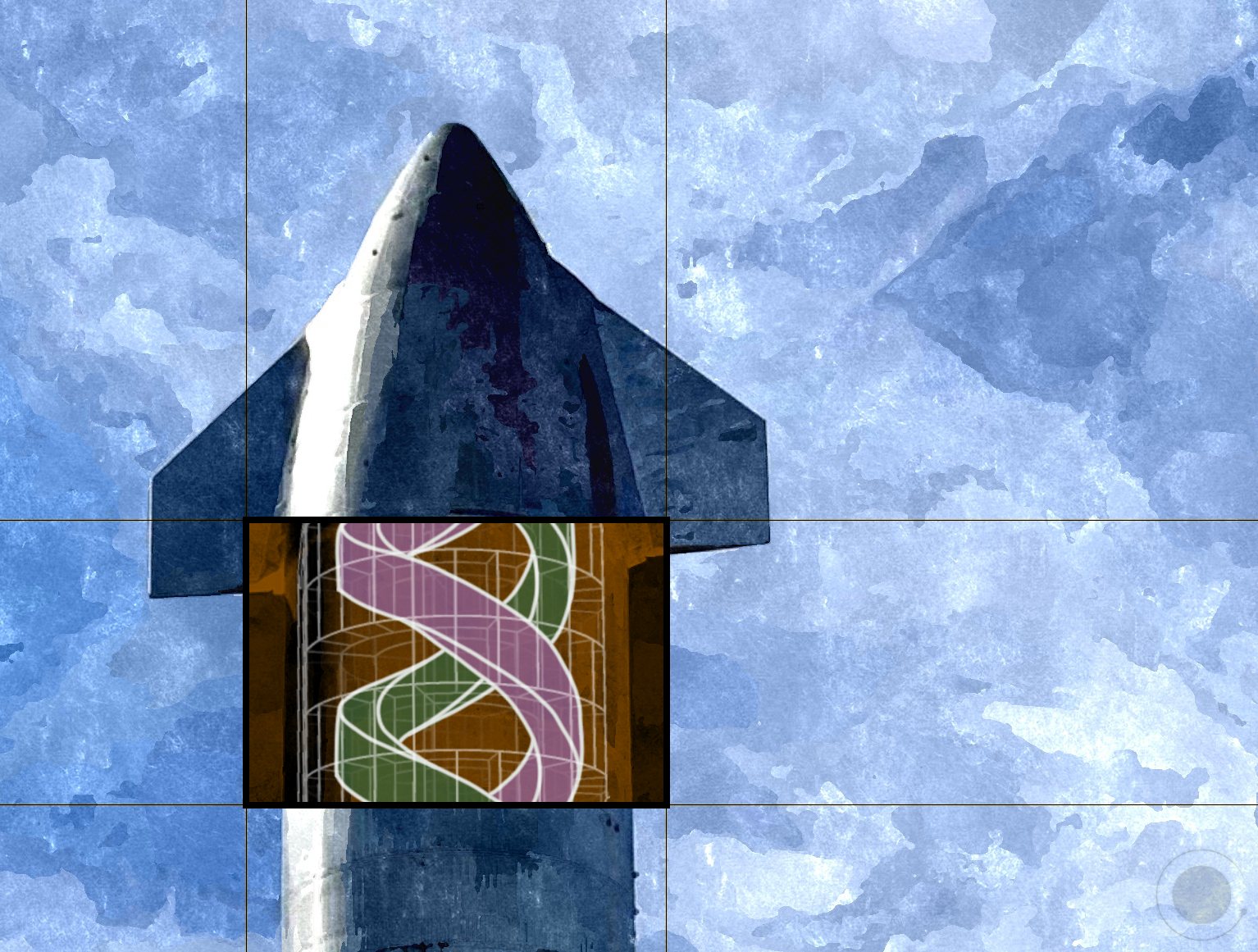
Project Helix
Project Helix is a speculative spatial concept for SpaceX's upcoming human-rated Starship which focuses on practicality, efficiency, and experiential quality.
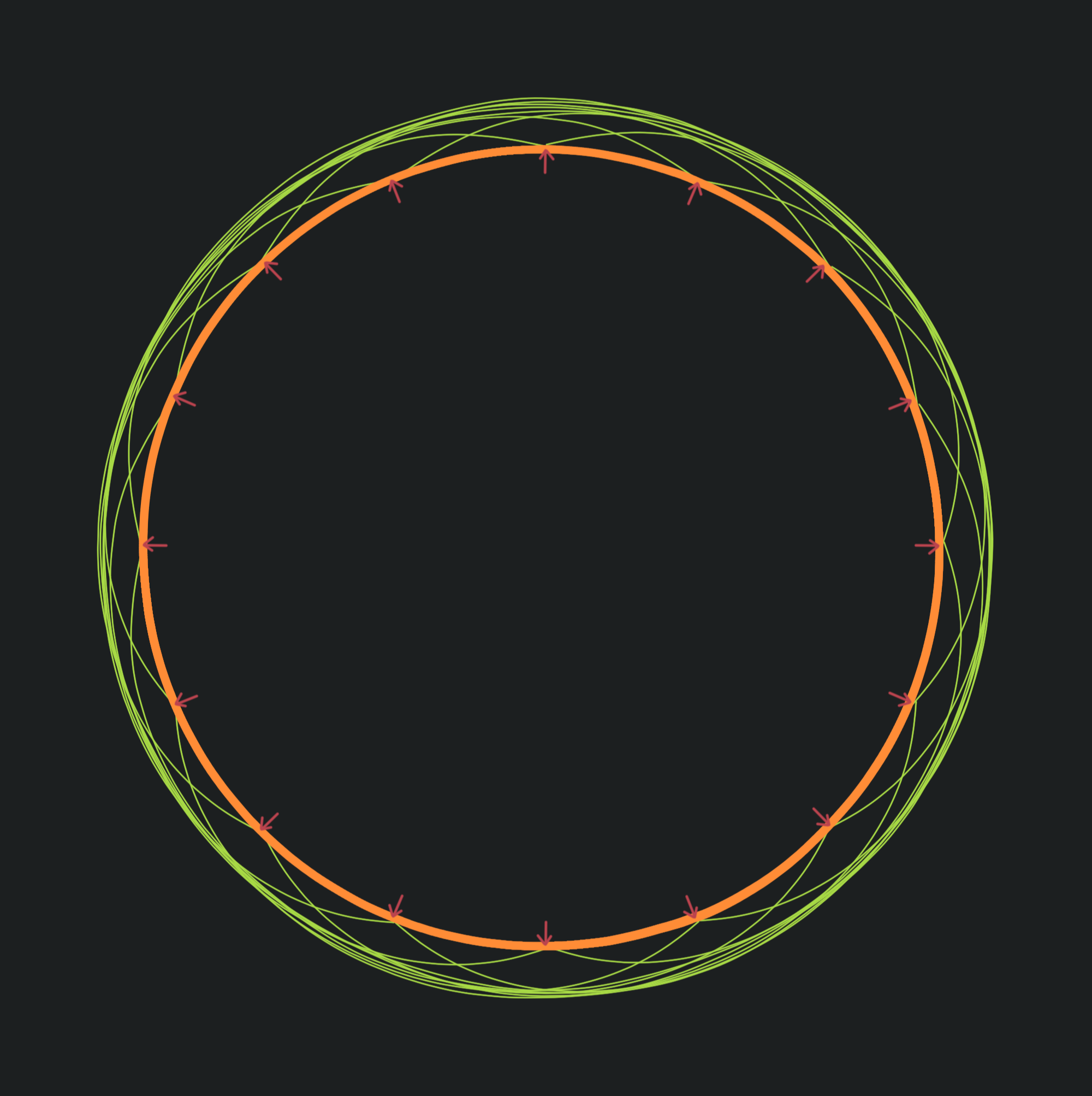
The Decoupled Orbital - Arbitrarily Large Rotating Habitats
It is often noted that rotating habitats have a size limit based on the structural material used, but this is not really the whole story. Rotating habitats can be bigger (much bigger) than commonly cited, and all it takes is a decoupling.

The Orbital Convention - Design and Documentation Conventions for Rotating Habitats
How will rotating habitats be designed, and what kind of design views can be employed? In this post I will contrast the qualities of terrestrial structures with rotating habitats through the lens of design documentation and construction documents. I will end by suggesting a convention for designing and documenting the design intent of these orbiting structures.

Designing for 3-Dimensional Space
Space is a hostile environment to life as we know it, but with the help of thoughtful design and imagination space can also play host to environments that can expand the mind and spirit. This post explores some of the unique challenges and opportunities faced in the pursuit of creating enriching spaces for humans free of gravity.

Simulating Gravity with Rotational Acceleration
The acceleration that gravity induces can be simulated (albeit crudely) by spinning up a rotating shell. On paper, this seems like a convenient 1-1 simulation, but there are several important differences between the two that can effect the experience of any individuals inhabiting them.
Comparison of Bulk Radiation Shielding Materials
Providing adequate radiation shielding for space habitats via bulk material is arguably the most difficult logistical challenge facing designers. In this post I address the question of what kinds of shielding may be appropriate for near-term space habitats.

Project F12
Project F12 explorers the possibilities presented by modular habitat construction using rhombic dodecahedra.
